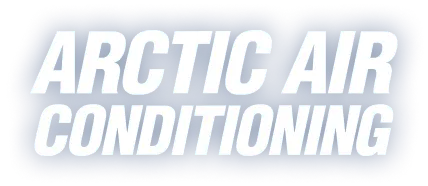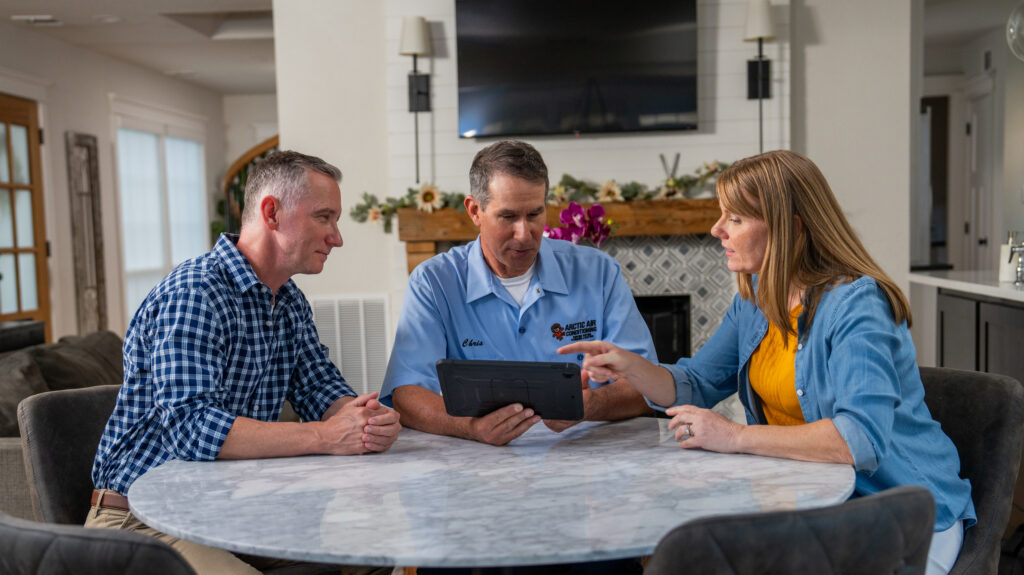
Keeping your home comfortable year-round in New Jersey’s ever-changing climate can be challenging, especially when one room feels like a sauna and another like a freezer.
If you’re tired of battling inconsistent indoor temperatures or fighting over the thermostat, a dual-zone HVAC system might be the perfect solution. Arctic Air offers efficient, modern zoning solutions that put comfort and control in your hands.
What is a Dual Zone System?
A dual zone HVAC system is designed to divide your home into two separate temperature zones. Instead of relying on a single thermostat to regulate the entire house, a dual zone setup uses two thermostats that independently control different areas.
This allows you to customize the heating and cooling in each zone. So, every room stays comfortable without wasting energy.
Many homeowners turn to this solution when they want greater control over their environment.
Whether you're managing a two-story home or simply want to reduce energy use in unoccupied rooms, dual zoning can help.
How Does it Work?
The system uses dampers installed within the ductwork or air handlers to control airflow. Each zone connects to its own thermostat. This communicates with the central HVAC unit.
When one zone requires heating or cooling, the system opens the damper for that area and directs the air as needed, without affecting the other zone.
For homes without existing ductwork, a dual-zone mini split offers a ductless alternative. These systems pair an outdoor unit with two indoor air handlers, each serving its own zone.
Mini splits are especially useful in additions, finished basements, or homes undergoing renovations.
How Are They Installed?
Installation begins with an in-home evaluation. Arctic Air's team assesses the layout of your home, existing HVAC equipment, and your comfort goals.
Depending on your setup, we may recommend zoning your current ducted system or installing a dual zone mini split.
For ducted systems, we install electronic dampers, wire the zone control panel, and set up thermostats in each zone. The dampers are then synced with the thermostats to control airflow.
In ductless systems, indoor units are mounted on walls or ceilings and connected to the outdoor unit via refrigerant lines.
Our licensed technicians handle the entire process, from planning to final testing. Your dual zone HVAC system runs smoothly from day one.
What Are the Benefits?
Homeowners in New Jersey are seeing a growing demand for zoned HVAC systems, and it’s easy to see why. Benefits include:
- Personalized comfort for each area of your home
- Increased energy efficiency and reduced utility bills
- Less wear and tear on your HVAC system
- Quiet, efficient operation with ductless options
- Ideal for multilevel homes or homes with open layouts
- Compatible with smart thermostats for enhanced control
If you’re looking to improve comfort while lowering energy costs, a dual zone air conditioner or mini split system can make a major difference.
Dual Zone vs. Dual Unit
While they may sound similar, dual zone and dual unit systems serve different purposes. A dual zone HVAC system uses one central unit.
It also adds zoning technology to manage different areas of your home. It's an efficient way to enhance control without replacing your existing setup.
In contrast, a dual unit system involves two entirely separate HVAC units, typically one for each floor. These systems work independently, which can offer redundancy but comes at a higher upfront and maintenance cost. For most homeowners, dual zoning provides the ideal balance of performance, comfort, and value.
Whether you’re trying to solve temperature imbalances, cut energy use, or just enjoy a more comfortable home, Arctic Air can help. Our team has the experience and local knowledge to install the right dual zone HVAC solution for your space.
From ducted systems to dual zone mini splits, we’ll design a system that works with your home, not against it.
Reach out today to schedule a consultation and learn how a dual zone air conditioner can transform your indoor comfort.
Schedule OnlineFrequently Asked Questions
Yes, in many cases we can retrofit zoning into your existing ductwork. A technician can evaluate if your setup is compatible.
Not necessarily. Zoning improves energy efficiency by conditioning only the spaces you use, often lowering your monthly bills.
Mini splits are ductless systems, often used when ducts aren’t available or when more flexible installations are needed.
No, most operate quietly, especially modern models designed for low-noise performance.
Absolutely. Dual zoning addresses temperature imbalances by giving you control over specific areas.













